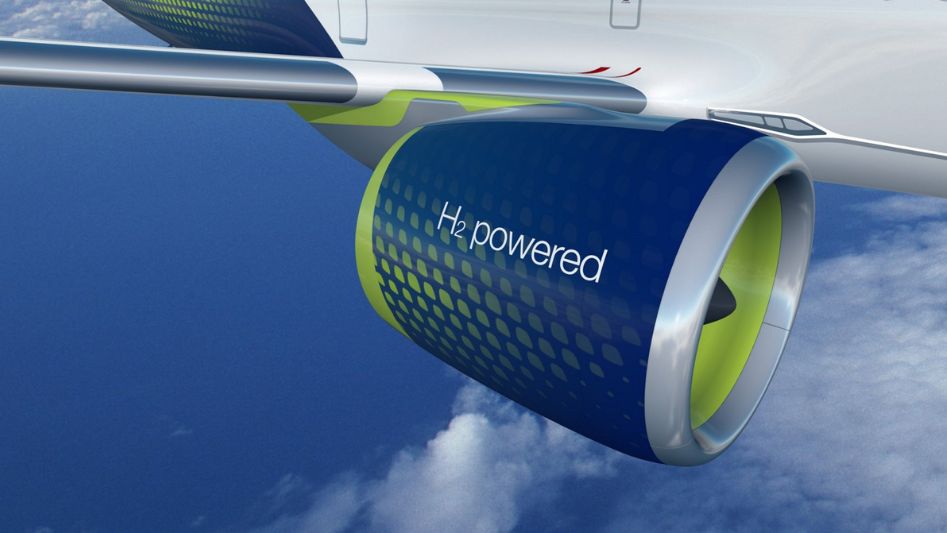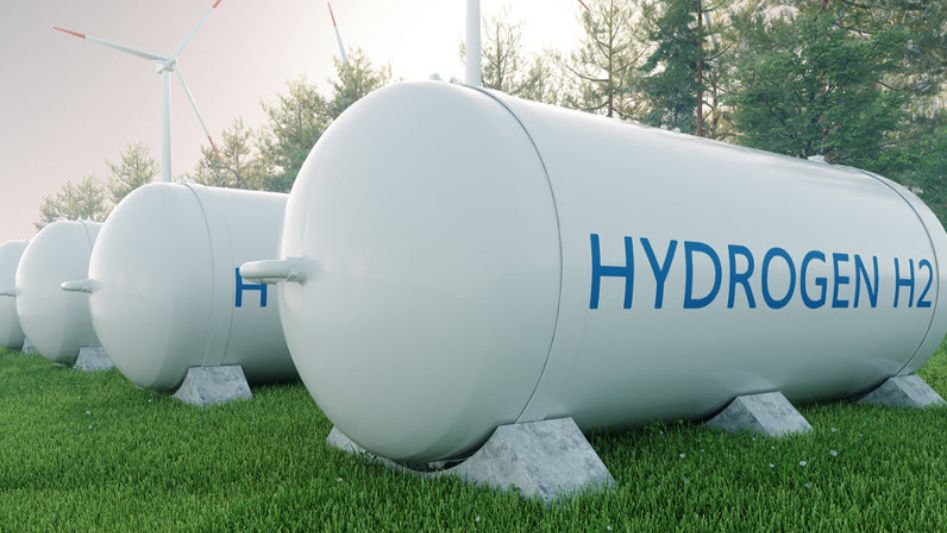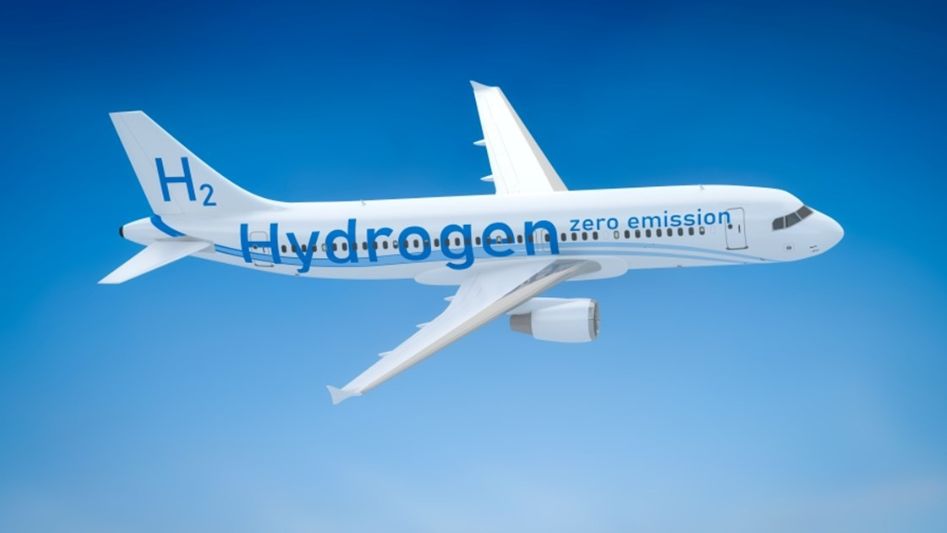Discover the key technical hurdles facing the adoption of hydrogen-powered flight, from fuel storage and aircraft design to safety concerns.
Table of Contents
Introduction
The aviation industry is responsible for a significant amount of global carbon emissions, making it a key focus for reducing greenhouse gas emissions. As such, researchers and industry leaders are exploring alternative forms of energy to power aircraft, including hydrogen. Hydrogen is a clean and abundant energy source that, when used in fuel cells, produces only water vapor as a byproduct.

Production and storage of hydrogen
Hydrogen is a clean and renewable energy source that can be produced through a variety of methods, including electrolysis, steam methane reforming, and biomass gasification. However, producing hydrogen at a large scale is a significant challenge, as it requires a substantial amount of energy and infrastructure.
In addition to production, storage of hydrogen is also a significant challenge. Hydrogen has a low density and is highly flammable, making it difficult to store and transport safely. Current storage methods include compression, liquefaction, and adsorption, but each has its own drawbacks.
Design of the aircraft
Adapting aircraft designs for hydrogen fuel presents weight and safety challenges. Hydrogen storage systems are heavier, limiting range and payload. Composites and titanium alloys are used to reduce weight. High-pressure and low-temperature hydrogen storage can cause embrittlement, compromising safety. New materials and designs are being developed to address this issue. Innovative designs such as flying wing and blended wing-body can increase efficiency and payload.

Fuel cell technology
Fuel cell technology is a vital part of hydrogen-powered flight, providing electricity for aircraft propulsion. However, the cost, durability, size, weight, and integration of fuel cells with existing aircraft systems present technical challenges that must be addressed. Researchers are exploring new materials and designs to improve fuel cell efficiency and durability while reducing their size and weight. They are also developing new systems to seamlessly integrate fuel cells with traditional aircraft systems, making hydrogen-powered flight more practical and cost-effective.
Infrastructure
The infrastructure for hydrogen-powered flight is a significant challenge. The production, storage, and transportation of hydrogen require new methods and technologies to be developed. To address the challenge of production, researchers are exploring new methods such as electrolysis, which produces hydrogen using renewable energy sources. However, these methods are currently more expensive than traditional production methods. The storage and transportation of hydrogen also present challenges due to its low density and high flammability.
New storage and transport technologies are being developed, including compressed and liquefied hydrogen storage and hydrogen fuel pipelines. Developing a network of hydrogen refueling stations is also critical for the widespread adoption of hydrogen-powered flight. Building the necessary infrastructure requires significant investment and research, but it is essential to make hydrogen-powered flight a viable alternative to traditional fossil fuel-powered flight.
Conclusion
Hydrogen-powered flight has the potential to revolutionize the aviation industry, offering a cleaner and more sustainable alternative to traditional fossil fuel-powered flight. However, there are significant technical challenges that must be overcome, including the production and storage of hydrogen, the design of aircraft, fuel cell technology, and the development of infrastructure such as a network of refueling stations. Addressing these challenges will require significant investment and research, but the potential benefits are substantial.

FAQ
How is hydrogen produced for hydrogen-powered flight?
Hydrogen is primarily produced through a process called steam methane reforming, which generates greenhouse gases. However, researchers are exploring new production methods such as electrolysis, which produces hydrogen using renewable energy sources.
What are the challenges of storing and transporting hydrogen for hydrogen-powered flight?
Hydrogen has a low density and high flammability, which present challenges for storage and transport. New storage and transport technologies such as compressed and liquefied hydrogen storage and hydrogen fuel pipelines are being developed to address these challenges.
How can the weight of hydrogen fuel systems be reduced?
The weight of hydrogen fuel systems can be reduced by using lightweight materials such as composites and titanium alloys in the construction of aircraft.
What are some of the potential benefits of hydrogen-powered flight?
Hydrogen-powered flight offers a cleaner and more sustainable alternative to traditional fossil fuel-powered flight, with the potential to reduce greenhouse gas emissions and dependence on non-renewable resources.
You May Also Like
- GREEN AMMONIA VS GREEN HYDROGEN: WHICH IS THE BETTER SUSTAINABLE ENERGY SOLUTION?
- MAKING THE SHIFT: HOW HYDROGEN INFRASTRUCTURE SUPPORTS THE ADOPTION OF HYDROGEN VEHICLES
- CONVERTING TRADITIONAL ENGINES TO RUN ON HYDROGEN: A LOOK AT THE LATEST EFFORTS
- FROM CONCEPT TO REALITY: THE EVOLUTION OF HYDROGEN FUEL CELL CARS
- COMPARING HYDROGEN FUEL CELLS TO TRADITIONAL DIESEL ENGINES FOR HEAVY-DUTY VEHICLES
